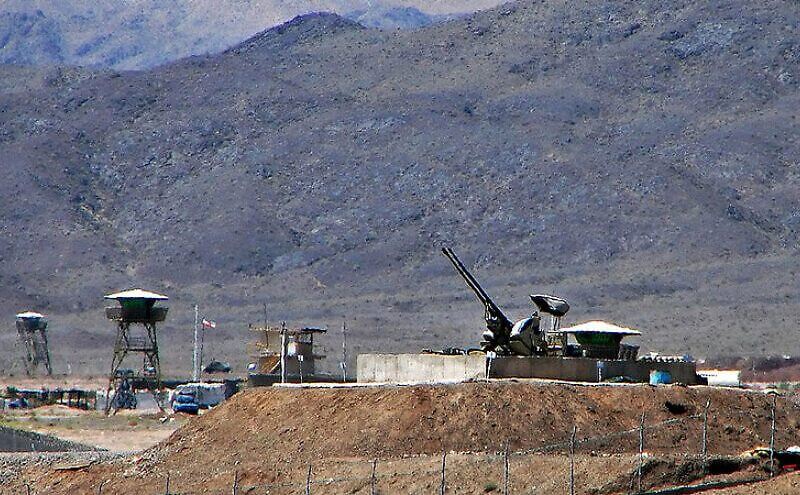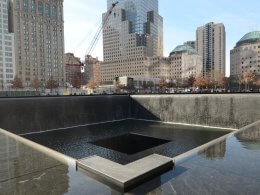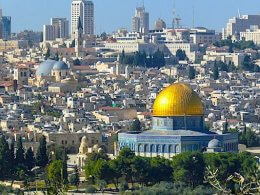Israeli and U.S. intelligence officials are keeping an eye on Iran’s construction of a vast new underground nuclear facility just south of the Natanz nuclear site that can “withstand bunker-busting bombs and cyberattacks,” The New York Times reported last week.
The current site at Natanz contains both above-ground and underground facilities, but the latter are relatively close to the surface and “an easy target for a bombing attack,” according to the Times. Separate reports put them at 8 meters, or 26 feet, below ground.
A blast at Natanz on April 11 destroyed thousands of centrifuges used to enrich uranium to levels necessary for a nuclear bomb. Iran blamed Israel for the sabotage.
“To protect its future programs, Iran began building facilities deep underground. Its biggest success so far is a site called Fordow, built under a mountain on a base run by the Revolutionary Guards,” according to the Times.
“The new facility is close to Natanz, but it resembles Fordow, which would require the largest bunker-busting bombs in the American inventory to attack. Israel does not yet possess those bunker-busters, or have a means to deliver them,” it said.
While the construction of the new underground site has been captured in satellite photos and is being monitored by groups focused on nuclear proliferation, the Biden administration hasn’t spoken about the site publicly, according to the report.
Israeli Defense Minister Benny Gantz has only brought it up once, during a speech on May 17, in which he said Iran is currently working to produce and install 1,000 advanced uranium enrichment centrifuges of the IR-6 type, including at an underground facility near the Natanz nuclear site.
The Biden administration is less concerned about Iran’s developing tunnel network at Natanz than the Israelis, according to the Times, as U.S. administration officials say the facility is still several years out from completion and there is time to deal with it. They are also not convinced it will be used to enrich uranium.
For the Israelis, the underground facility is “more evidence of a relentless Iranian effort to pursue a bomb capability” and a justification for Israel to step up its attacks on Iran’s nuclear program, the Times said.










